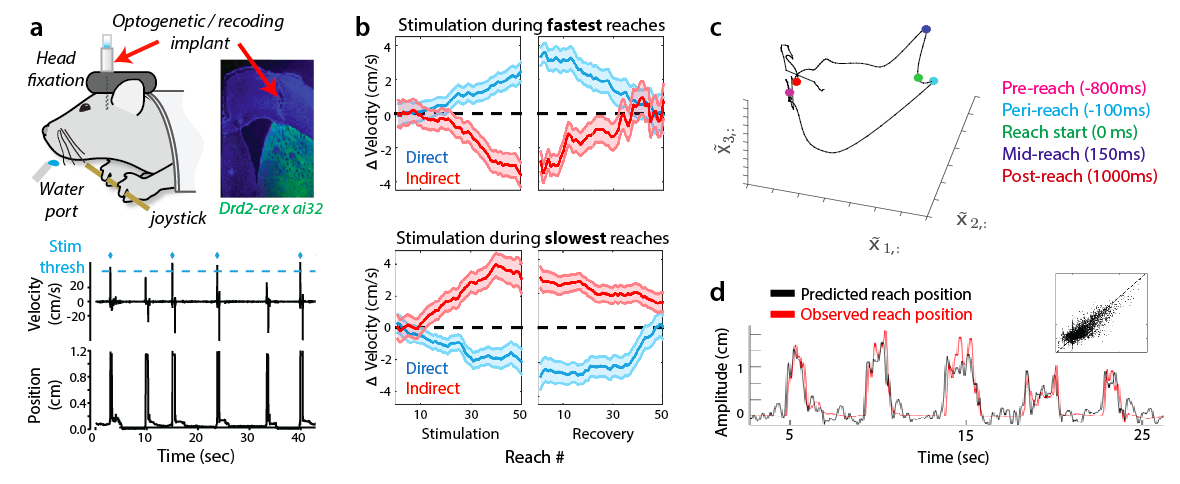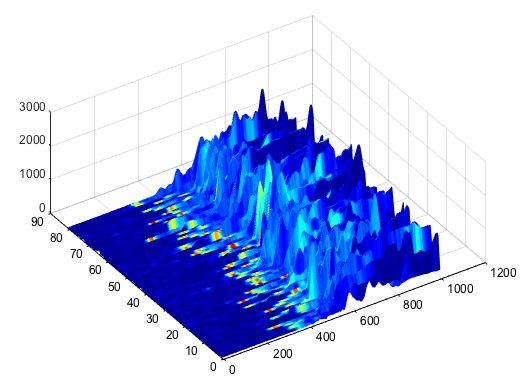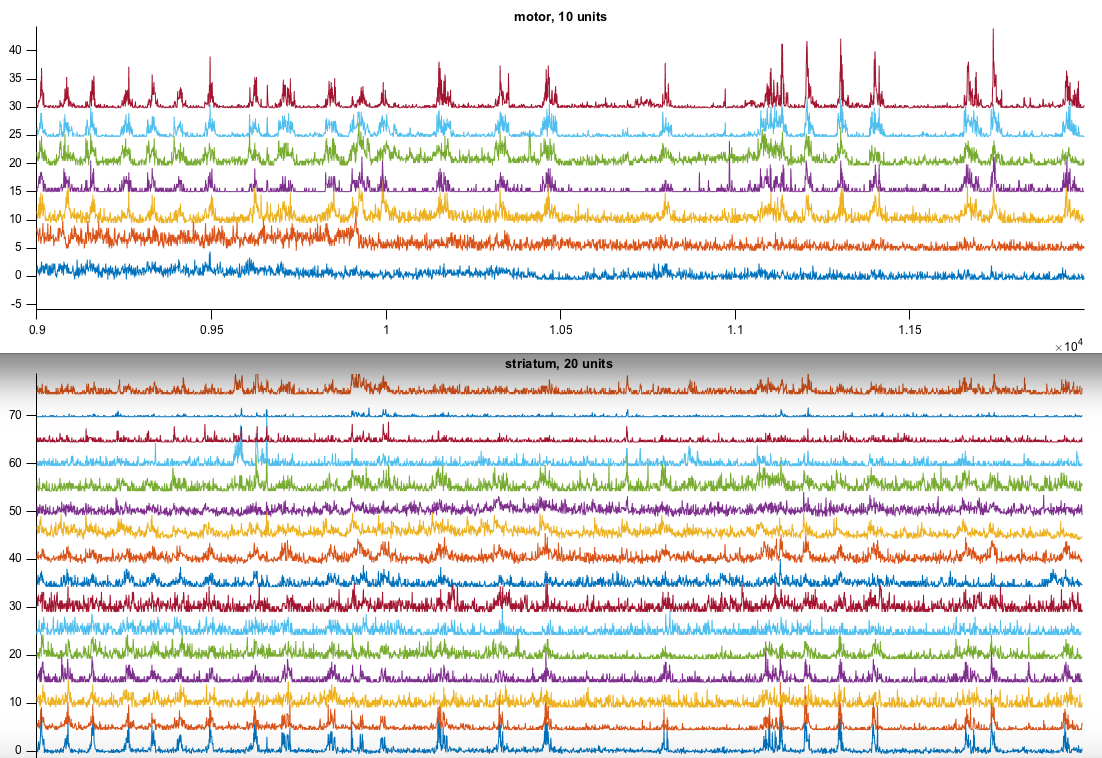The selection of actions is central to how we interact with the world, a reality that is often not fully appreciated until this ability is lost through impairments like stroke and Parkinson’s disease. Our goal is to establish how neural circuits lead to these action selection decisions. The vital ability to make appropriate actions requires the coordination of motor, reward, and cognitive brain systems. While compelling research has been accomplished in individual brain areas, studying elements of neuronal circuits in isolation yields an incomplete and potentially misleading picture. Our research approach is inclusive yet specific: interrogating the functional interactions between areas in a manner more typical of cognitive neuroscience, while also identifying the computational contributions of individual cell types within each region. To establish the neural correlates of behavior, we monitor the electrical activity of hundreds of individual neurons simultaneously. This feat is made possible using technology we helped design that records from an order of magnitude more neurons than the current state of the art permits. We have also developed unique computational methods to distill and analyze these data in new and meaningful ways.

The head-fixed reaching task with intracranial implant in a transgenic mouse (top) provides self-paced performance with instantaneous velocity and position. (bottom). Blue line denotes velocity threshold for closed-loop optical stimulation. b) Selective stimulation of the direct (blue) or indirect (red) pathway elicited opposite effects during the fastest (top) and slowest (bottom) reaches. c) The neural state-space trajectory (GPFA) from striatal neurons during reaches can be used to d) predict reach performance 140ms before behavior (inset: observed [X] and predicted [Y] position, r=0.86).

I established previously (Yttri and Dudman, Nature 2016), delineating a specific role for each individual cell type in the motor system. Future work will leverage these findings into new therapeutic strategies for conditions such as Parkinson’s disease, improving deep brain stimulators in collaboration with neurosurgeons.

Simultaneous muli-unit activity recorded over a depth of 3mm, spanning all layers of motor cortex and striatum